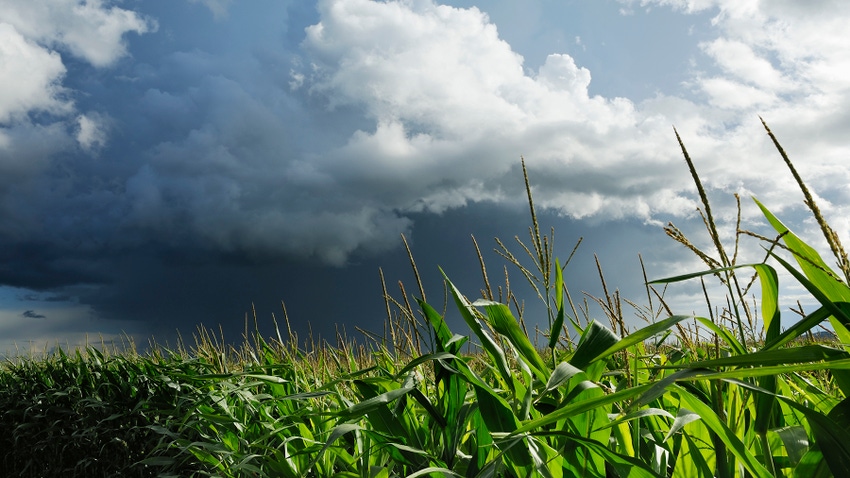
Weather markets. The term gets thrown around often in the grains and farming world. We were in a weather market this summer and a lot of folks would say we’re in a weather market right now. Are we ever not in a weather market?
Here’s my challenge to you; quit making marketing decisions based on the weather forecast.
To highlight my point, I’m going to use our current weather market in Brazil as well as the 2023 growing season in the United States.
Weather markets defined
So we’re all on the same page, this is my definition of a weather market: The crop is in the early to middle stages of a growing cycle and yield potential is very much uncertain, therefore, the market reacts strongly to changes in the weather forecast. If we see an extended forecast that is hot and dry, the market will start to add a risk premium in the event we see lower production. If the forecast turns wetter, we’ll see the market lower accordingly.
My first issue with trying to trade and/or predict weather markets is the inaccuracy of weather models. There are two leaders in the long-term weather forecasting. The GFS model and the ECMWF, which is commonly referred to as the Euro model. Both have made huge leaps in the past 20 years in terms of accuracy and are very good at predicting weather five days out or less, around a 90% accuracy.
The only problem? The market reacts strongly to the 10-day forecast. We want to be ahead of the curve, right? The GFS and Euro have, at best, a 50% accuracy rate when looking 10 days out.
To put it another way, the coin in your pocket has as good of a chance at predicting the weather beyond 10 days as the models do.
It’s a coin flip
Down the road, we could see the models continue to improve and become more accurate, but right now our long-range forecast is a coin flip. For the average producer, the extended forecast is too unpredictable, and the trade reacts much too quickly for us to accurately trade what the GFS or Euro model spits out.
The other two factors that play heavily into my opinion of weather markets are emotion and genetics. Let’s go back six months to June 12 and read some weather facts:
April – June of 2023 was the third driest in the corn belt (’88 and ’92 were drier)
69% of corn was drier than normal for the previous 30 days – highest of all days since 2012.
All signs were pointing to a lower yield and higher prices. On June 12, December '23 futures closed at $5.49. Futures on December 1 were $4.64.
If the weather was so dry, what caused the almost one-dollar-drop in futures? Corn acreage increased substantially, but we also saw rains materialize at the right time on a crop that has much better drought resistant genetics than 20 years ago. It would’ve been very tough to eliminate the fear of reduced yield and missing out on higher prices for one to make marketing decisions on June 12.
And now South America
Now that brings us full circle to the current weather market that we’re seeing in South America. Large parts of Brazil have seen the second driest period since 1979. Will rains materialize or will we stay dry and soybean futures rally?
Instead of asking yourself that question, start to accept the irrationality and truly unknown piece of marketing. Look at what you can defend on your own personal balance sheet and use the tools available to put together a marketing plan that can have success in any type of weather market.
It’s a reminder that for all our progress in agriculture, mother nature is still in charge, and she isn’t keen on sharing if she’s bullish or bearish.
Contact Advance Trading at (800) 747-9021 or go to www.advance-trading.com.
Information provided may include opinions of the author and is subject to the following disclosures:
The risk of trading futures and options can be substantial. All information, publications, and material used and distributed by Advance Trading Inc. shall be construed as a solicitation. ATI does not maintain an independent research department as defined in CFTC Regulation 1.71. Information obtained from third-party sources is believed to be reliable, but its accuracy is not guaranteed by Advance Trading Inc. Past performance is not necessarily indicative of future results.
The opinions of the author are not necessarily those of Farm Futures or Farm Progress.
Read more about:
WeatherAbout the Author(s)
You May Also Like






